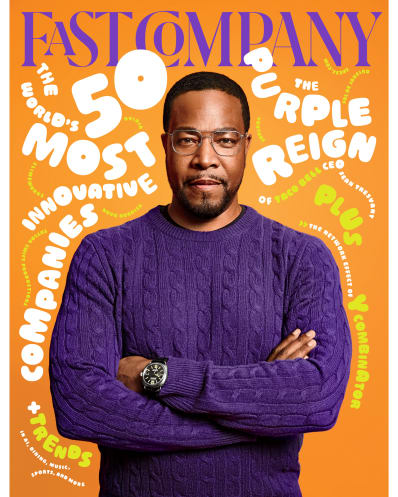Ukrainian Railways, or Ukrzaliznytsia, is the largest employer in Ukraine. Nearly 375,000 people work for the transit company, more than 1% of the country’s population. Since the full-scale Russian invasion started on February 24, the government-owned railway has become the main circulatory system for Ukrainians fleeing to safety. About 10 million people have been forced to leave their homes behind. For the most part, they head west, to cities like Kyiv and Lviv. From there, many continue to the safer ground of NATO-protected Poland and other countries. Since the war started, Ukraine Railways says it has transported 3.7 million people on special evacuation trains.
Employees at Ukrainian Railways have had to schedule routes throughout the country that avoid particularly hazardous areas, an increasingly challenging task. The missile strike on the railway station in Kramatorsk on April 8, for instance, left 52 civilians dead and more than 100 injured. Within hours, trains were rerouted to nearby towns to continue evacuations. Schedules are often put together on the fly and announced online and via Ukrzaliznytsia’s social media channels. Tickets are not required, but many still buy them online as a gesture of normalcy.
About 40,000 people pass each day through the Kyiv station, a massive hub in the capital city connecting three sub-stations and featuring 28 tracks. About 445,000 people have come through the western hub of Lviv, a relatively small railway station that is not used to seeing such traffic. Many stay a night or two before pressing on farther. The station has evolved to function as an emergency health center, an inn, a kitchen, a resettlement office, a nursery, and more. It’s also become a strategic hub for delivering humanitarian aid to beleaguered cities in the east and south.
None of this work happens by itself. Employees and volunteers have been showing up each day not knowing what they’ll encounter, but with a deep sense of purpose. Here’s how they’re getting people what they need, and taking them where they need to go.
















 Fastcompany.com adheres to NewsGuard’s nine standards of credibility and transparency.
Fastcompany.com adheres to NewsGuard’s nine standards of credibility and transparency.